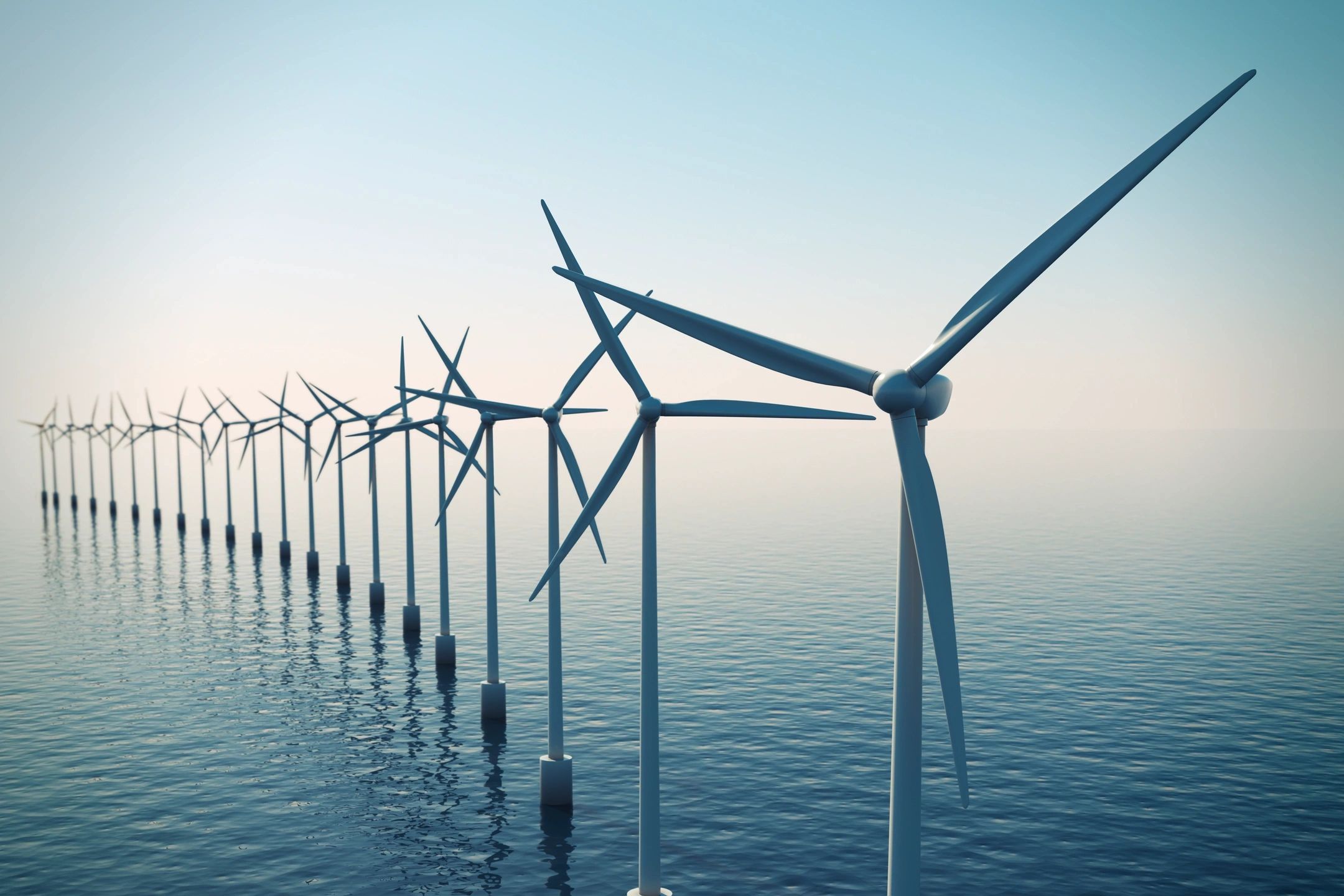
(Energy Analytics Institute, 1.Feb.2021) — The Energy Efficiency and Renewables Conference 2021 hosted by the Energy Chamber of Trinidad and Tobago was broadcast virtually from 1-3 February 2021 from Trinidad. Keys details from Day 1 follow.
DAY 1
Comments From Trinidad And Tobago’s Minister Of Energy And Energy Industries Franklin Khan
— “The Government of the Republic of Trinidad and Tobago has pledged its commitment to incorporate RE and Energy Efficiency (EE) into the country’s energy mix in the National Development Strategy 2016-2030.”
— “Trinidad and Tobago currently lies at the median in relation to the progress made by countries in transitioning their energy systems.”
— “We have already embarked on the inclusion of renewable energy in energy mix through a solar project which is being undertaken by a Consortia of BP, Lightsource bp and Shell.”
Comments From bp Trinidad And Tobago’s Claire Fitzpatrick
— “The pandemic has further propelled the energy transition with many nations building in ‘greening’ initiatives as part of their economic recovery plans. We are seeing this particularly in Europe with growing commitments to renewables, hydrogen, CCUS and electric mobility.”
— “By 2030 bp will no longer be predominantly a hydrocarbon company. It will be an integrated energy company– with hydrocarbons one part of a more balanced portfolio.”
Econoler International Director Stephanie Nour, P. Eng.
— Some lessons learned related to the Energy Service Company or ESCO market include understanding that the market is difficult to form and develop naturally, citing existence of several market barriers.
— Some large corporations (national/global) can kick-start a market.
— Government policy required to structure the market (access to the public sector, group bidding; awareness, demonstration, communication; incentives, financing solutions, guarantees; recognition).
Avinash Persaud, Professor Emeritus of Gresham College, Chair, Financial Services Commission (Barbados)
— “Caribbean is a great location for solar and wind” projects.
CARILEC Secretariat
With An Overview of the Caribbean Power Sector:
— “A lack of effective regulation in most member states limits both innovation and efficiency.”
— “High dependency on imported fossil fuel for power generation despite tremendous renewable energy resources.”
— Although electricity access is generally high across the region, some states face relatively low and inconsistent quality service.
— Limited opportunities for economies of scale result in higher prices for inputs.
— Some of the highest electricity tariffs worldwide.
Caricom Energy Unit Head Devon O. Niel Gardner
— Fifteen Caribbean countries with the most installed generation capacity include:
1) Trinidad, 2,114 MW
2) Jamaica, 1,283 MW
3) Bahamas, 536 MW
4) Suriname, 484 MW
5) Barbados, 317 MW
6) Haiti, 315 MW
7) Belize, 204 MW
8) Guyana, 183 MW
9) St. Lucia, 92 MW
10) Antigua, 81 MW
11) St. Kitts, 63 MW
12) Grenada, 56 MW
13) St. Vincent, 51 MW
14) Dominica, 33 MW
15) Montserrat, 5 MW
Energy Industries Council’s Neil Golding
— “Clients/investors desire authentic green hydrogen – many countries positioning, [but] costs need to come down to be competitive.”
— “Financing for hydrogen projects could be a challenge.”
— Renewable investments will continue to grow globally driven by reducing costs.
— Clients/investors desire authentic green hydrogen – many countries positioning. Costs need to come down to be competitive.
DC Power Systems Managing Director Ian Boon
— “Domestic grid-tied solar generation is in practical terms illegal in Trinidad and Tobago.”
DNV-GL Energy Transition Production Director Sverre Alvik
— Covid-19 pandemic reduces energy demand by 8% and places peak emissions behind us.
— Rapid electrification, dominated by solar PV and wind, transforms the energy mix.
— Decarbonization of hard-to-abate sectors remain too slow; we are set to miss the Paris Agreement targets.
— “Gas is a bridge energy and a permanent one.”
— The global economy will grow by 101% to 2050: reaching $270tn in 2050; CAGR 2.2%/year from 2018-20250 (including 2020 the effects of the Covid-19 pandemic). The projected global population in 2050 will approximate 9.4 billion.
__________
By Piero Stewart. © Energy Analytics Institute (EAI). All Rights Reserved.

